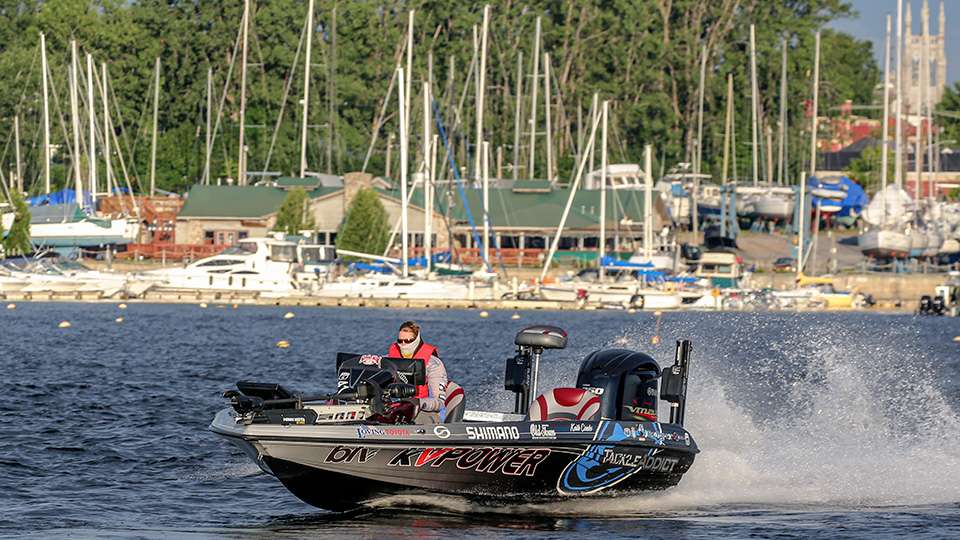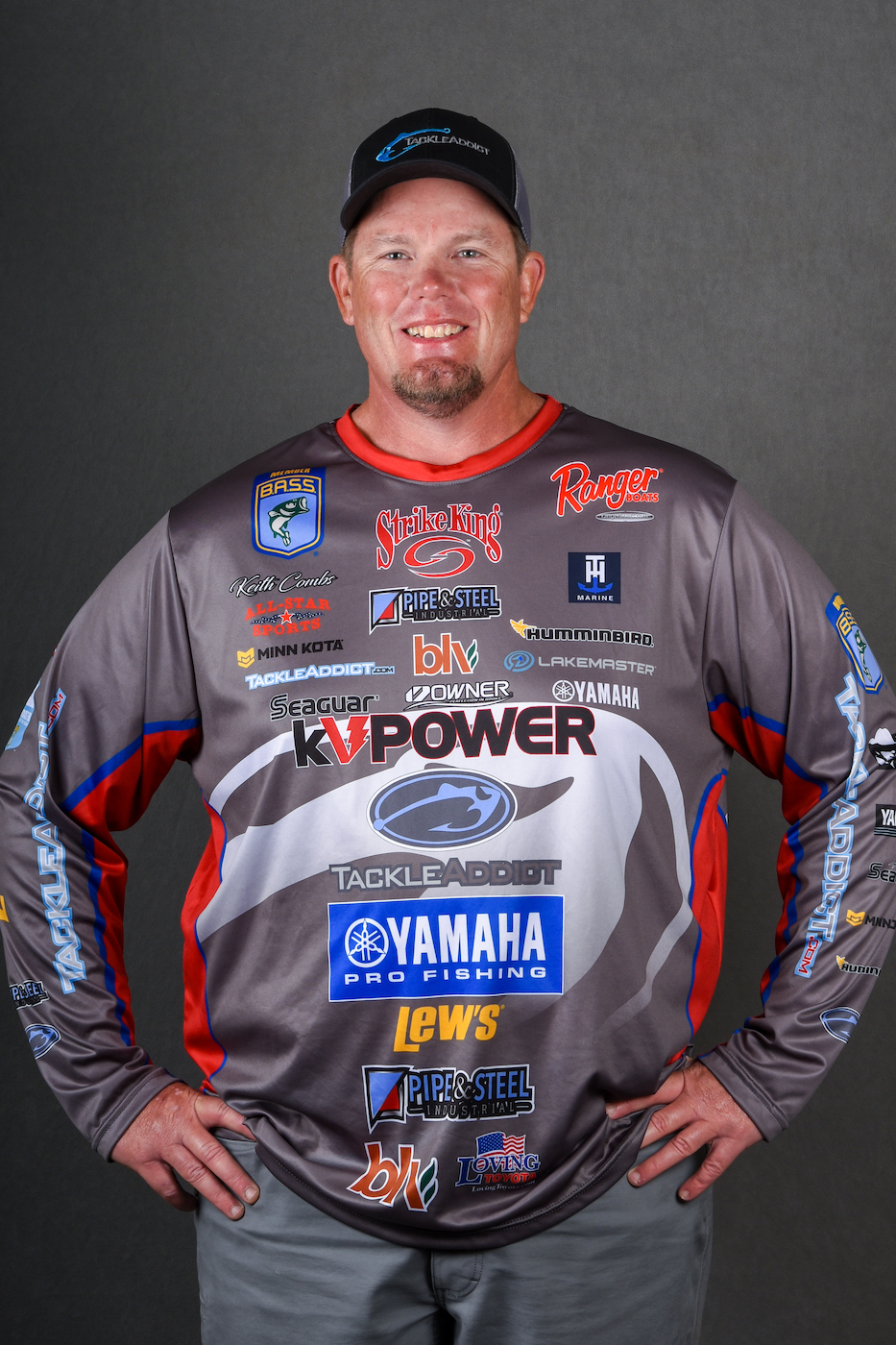
When I first told friends at home that the Bassmaster Elite Series was going to resume operations in New York, many of them looked at me like I was crazy. That’s the state that got hit hardest by COVID-19 earliest, and later they put in the strictest regulations on travel from out of state. I can understand why they were so strict – I would be similarly concerned if an organization were to bring people from all over the country to my home community.
Fortunately, B.A.S.S. and the anglers led by example. We showed that we could go someplace with stringent requirements and do it responsibly and effectively. During this time of year the northern venues are where you need to be to put on a show, and that’s exactly what the Elite field did. It certainly didn’t hurt that we had ESPN2 airing a large portion of both events.
Believe me, it wasn’t easy or painless to get to this point. When New York put in their quarantine policy, B.A.S.S. staff worked around the clock with the host communities to make things happen, and they did a great job of keeping us in the loop. Each day seemed to bring a new challenge, and we were aware of everything going on behind the scenes.
My understanding is that they just couldn’t get all of the moving parts in order in time for Cayuga, so that tournament had to be moved and postponed, but everything was ready for the St. Lawrence River and Champlain. That included a rapid testing setup and an app to allow us to monitor our health.
Once we got the green light, there were still a lot of questions, and B.A.S.S. encouraged healthy discussion. Surely all of us wanted to fish, but we were concerned about how certain outcomes would be treated. What if we made the long drive to get there and then tested positive? What would it mean for our season? Would we have to stay and quarantine in New York? B.A.S.S. put out a flow chart of possible outcomes, which calmed our nerves that our seasons and our livelihoods weren’t necessarily on the line. It was still nerve-racking to drive 25 hours without any certainty. Everything, it seemed, hinged on those test results.
Once we got there we went straight to a testing station where they administered a rapid test – a swab in the nose. It was quick and easy and then we waited outside in our vehicles for about 15 minutes to get the results. Some of the anglers had gotten tested before leaving home to be on the safe side, but even then there was no guarantee that we wouldn’t pick it up somewhere along the way. After what might have been the longest 15 minutes of our lives, all of us were thrilled to receive those negative test results. The show could go on.
The practice period and competition days themselves were a welcome change from all of the worrying. Of course, the weigh-ins were different than normal, with no one outside of the “B.A.S.S. bubble” allowed in. They sanitized the weigh-in bags after each user, and we stood far across the stage from Dave Mercer. Normal? No. But it got the job done in trying circumstances.
In and around the tournament communities the anglers worked to set a good example. We wore our masks, kept our distance and did everything we could to make sure that the fans and the local authorities saw that we were taking this seriously. They put their trust in us and allowed us to enjoy their resources, and we strove to put everything in the best possible light.
I’m not going to dwell on my performance at the two events. Needless to say, it was not up to my past standards, and I let myself down. Truth be told, with the weights so tight it could have easily gone a different way, I feel better than I normally would after missing two cuts. Still, I have my work cut out for me in the remaining tournaments.
We’re headed to a group of waters that are known for producing big bags of fish, including Lake Fork, and I fully intend to put in the work to rise back up in the standings. After seeing how B.A.S.S. and the anglers worked on what logistically had to be the toughest playing field possible, I’m confident that I’ll get that chance.

